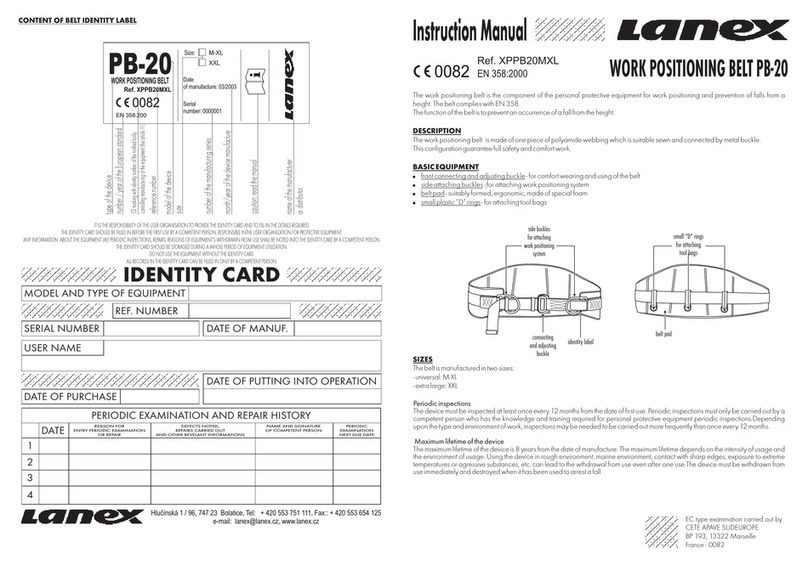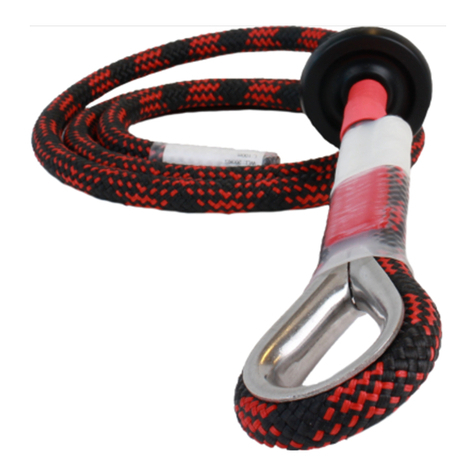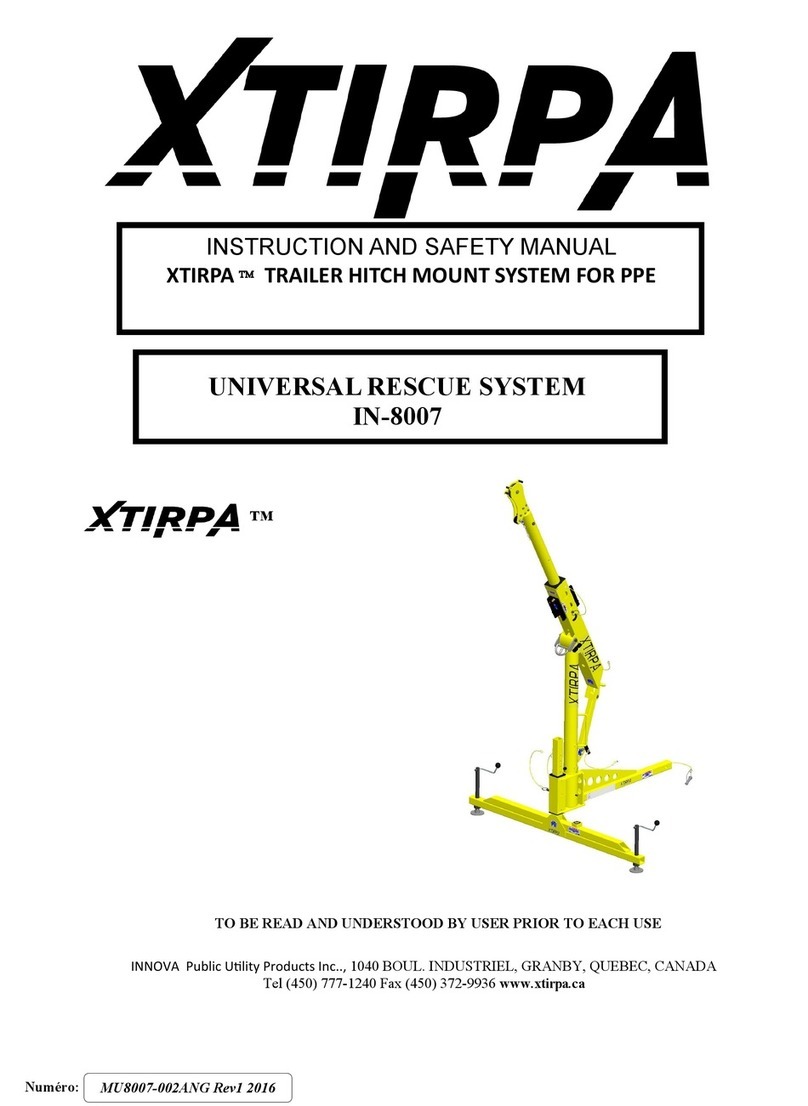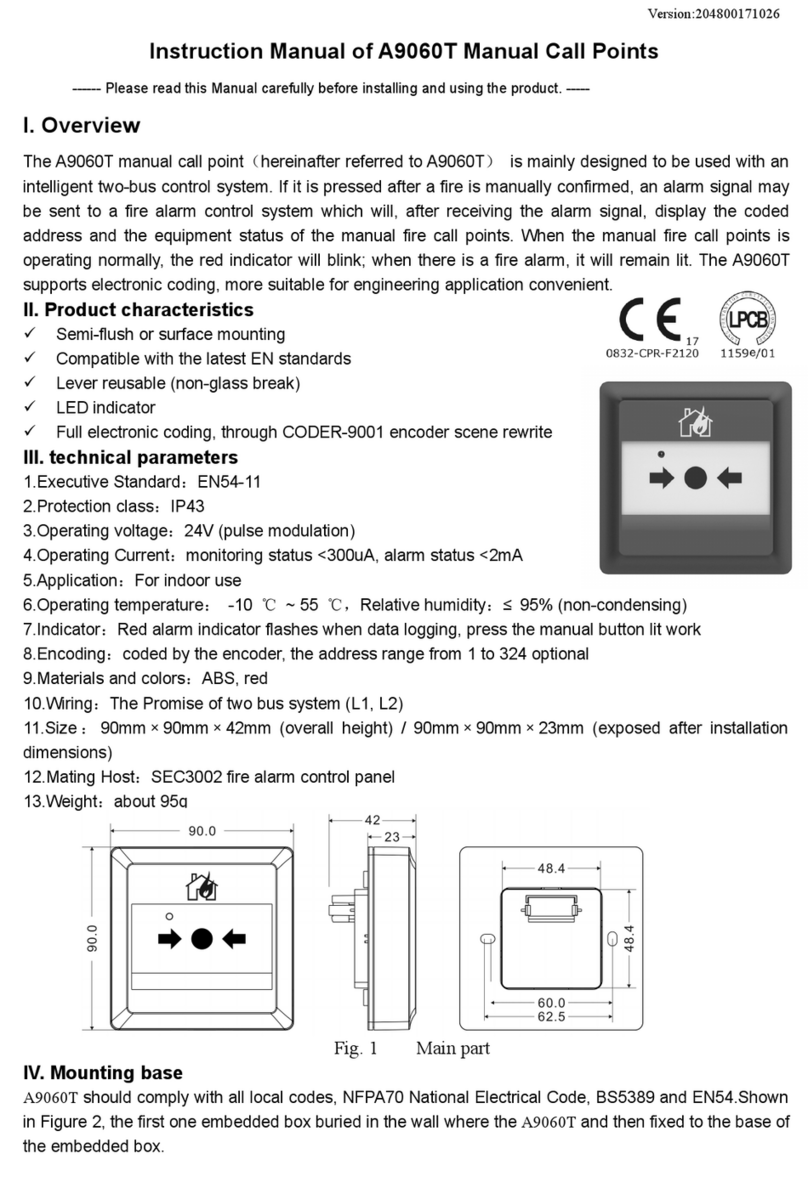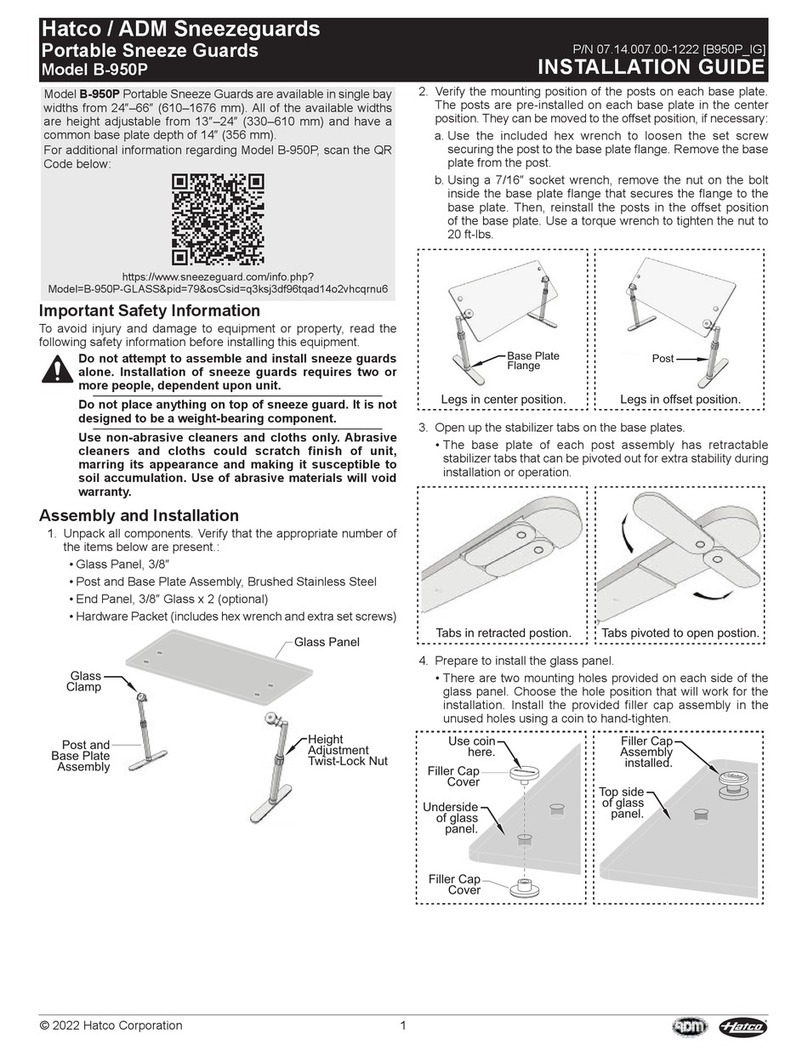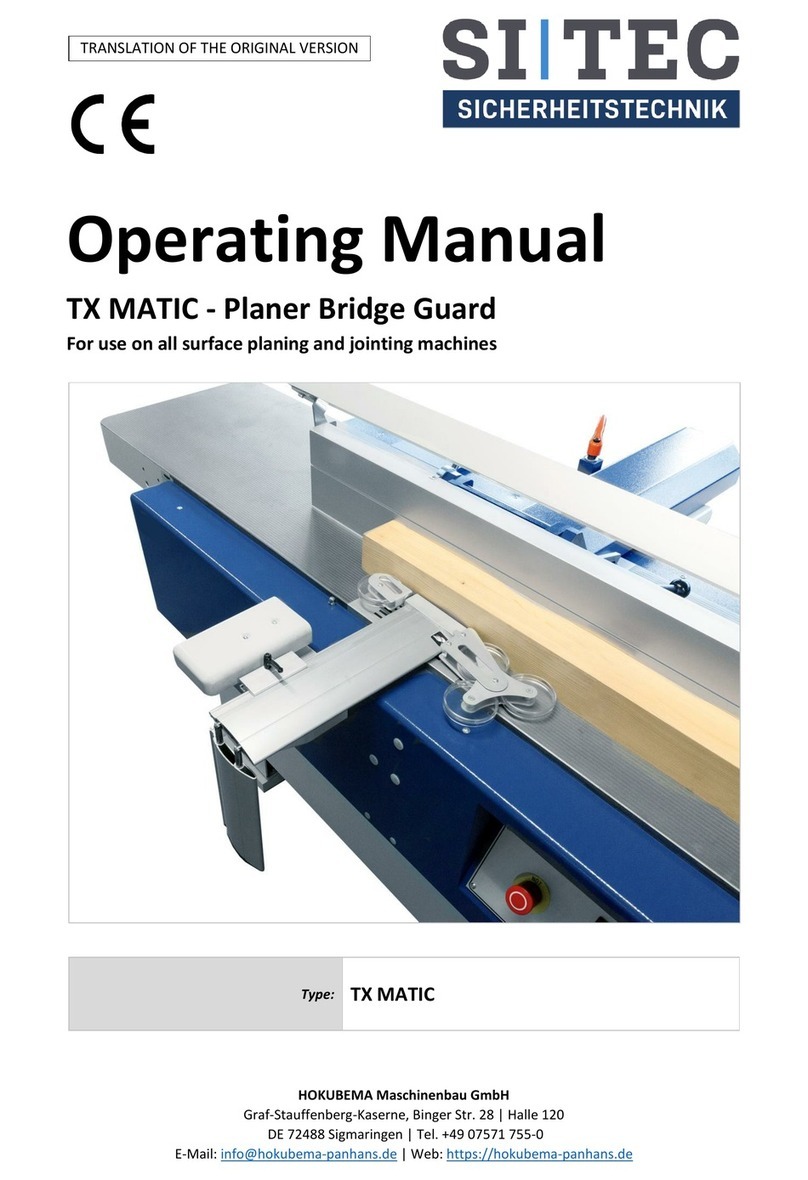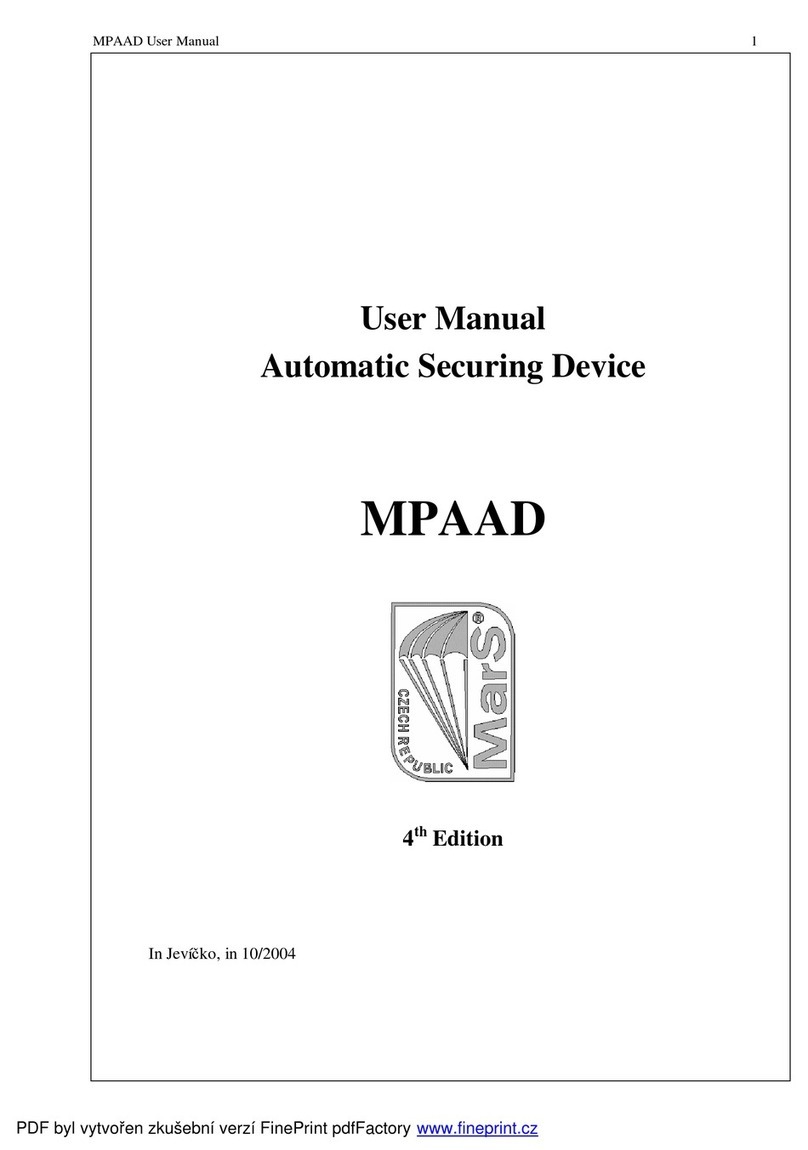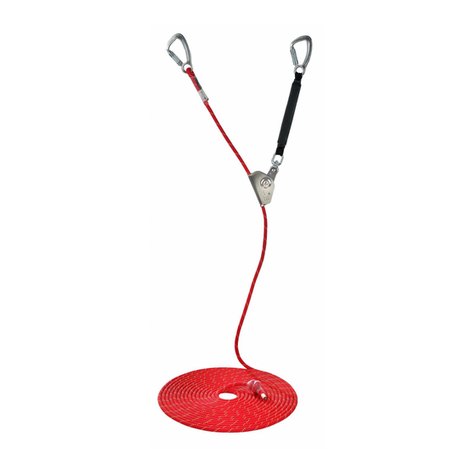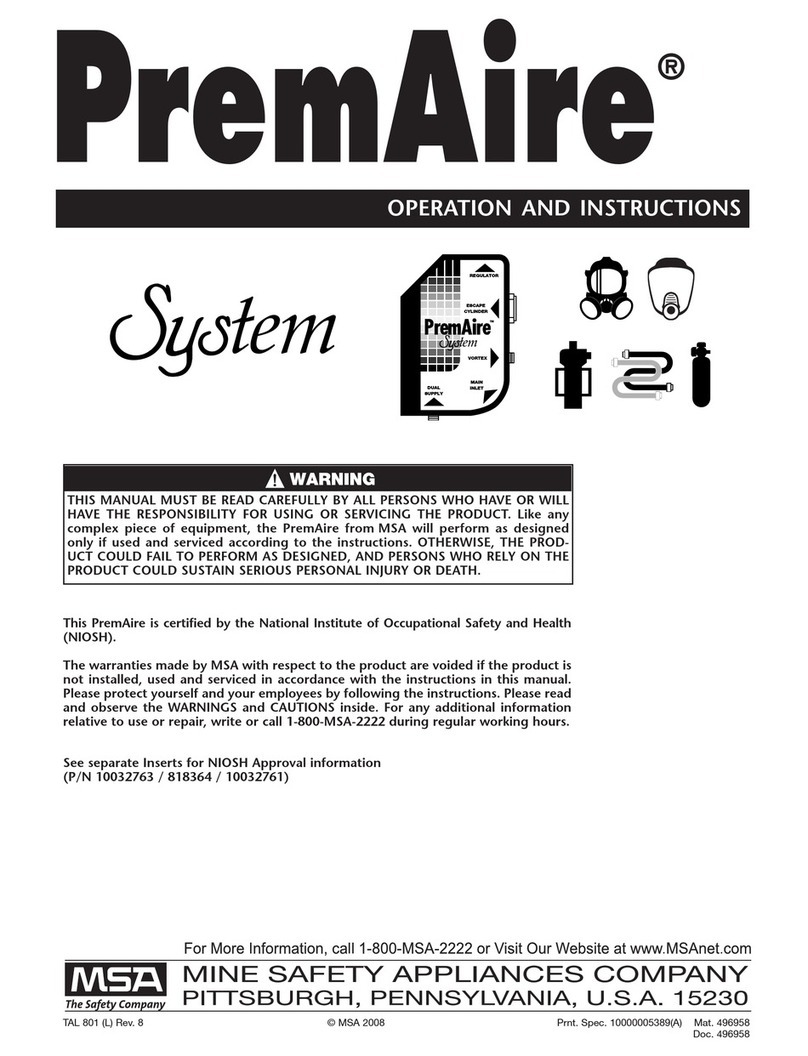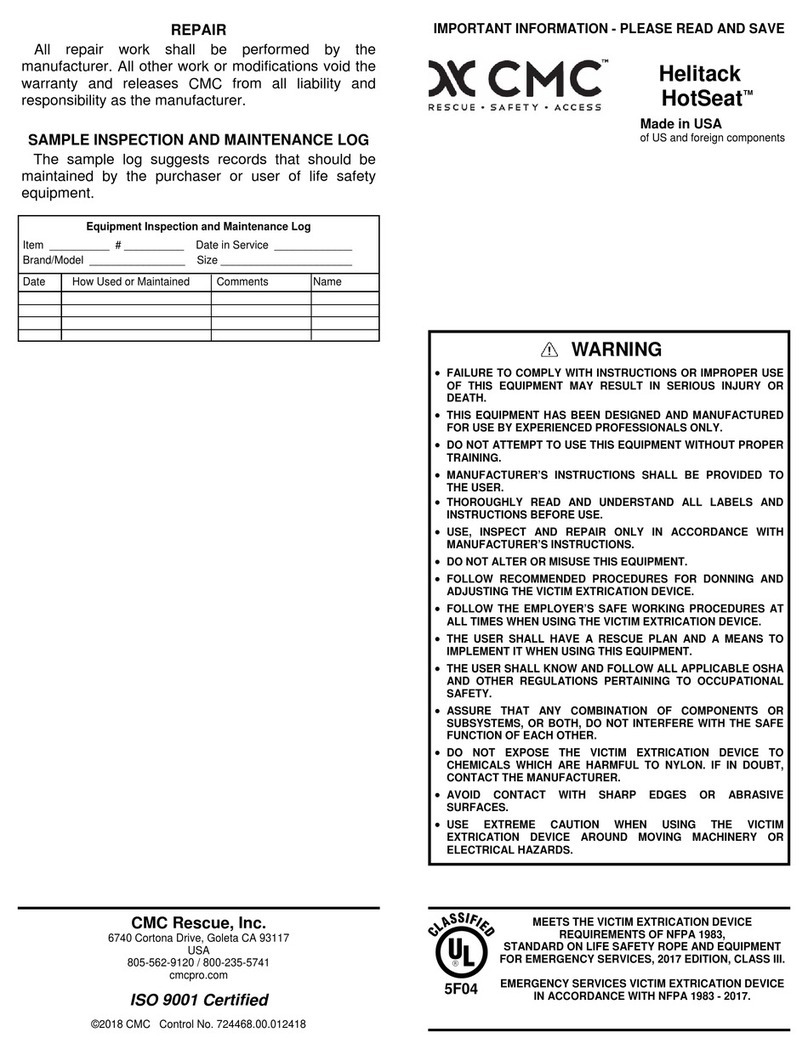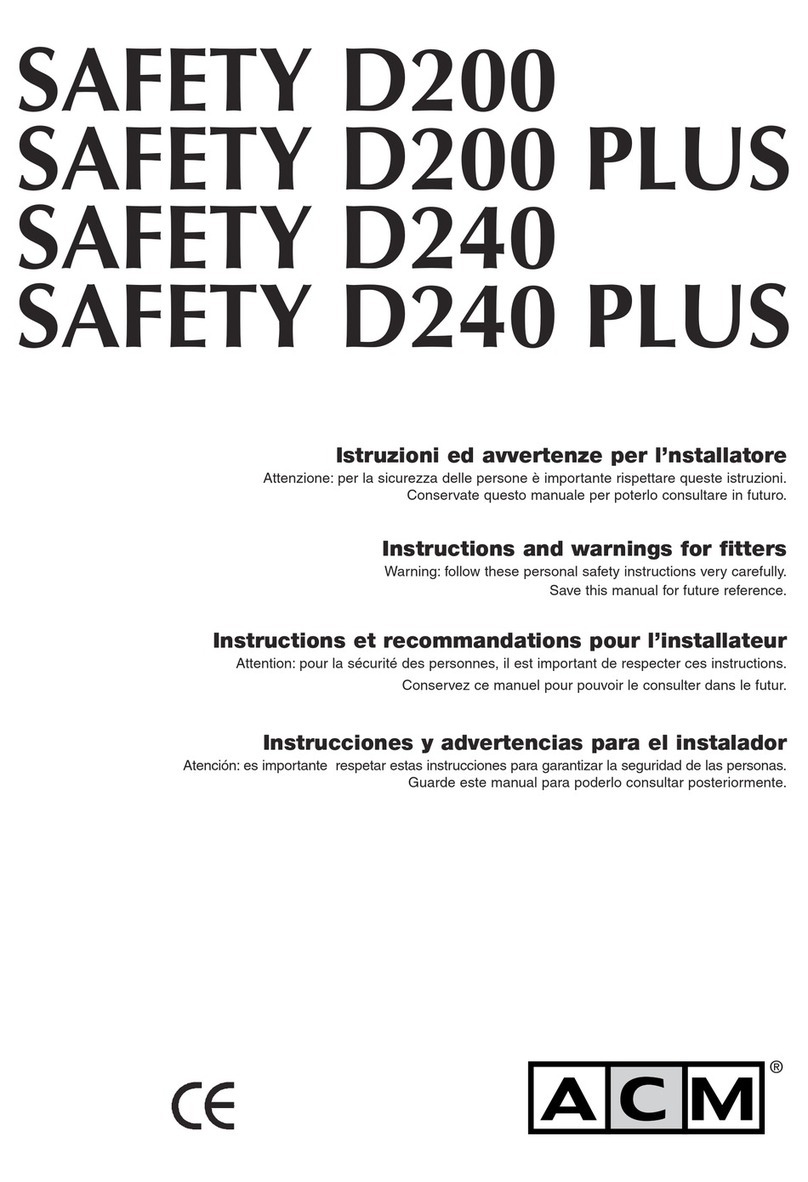
The person authorized can apply this procedure until using the total
lifetime of the parachute.
In case of finding unsuitable technical state of individual parachute
parts which is in breach of the regulations stated in the Technical
description and the Operation and maintenance manual, the parachute
must be eliminated from operation, and the incompliant part must be
replaced, or the parachute must be sent to an organization authorized
for performing maintenance.
The organization authorized for performing maintenance will
recommend the performance of potential repair work of the parachute
or eliminate the parachute from operation and terminate its use.
g) The environmental imunity of the parachute is from - 40 to + 93.7 °C at
relative humidity compliant with the temperatures.
The parachute can be packed prior to use for the maximum of 365
days.
During each use it is necessary to professionally check the parachute,
and if required, send it for repair to the organisation authorized to
perform the maintenance.
The inspection conclusions are recorded in the parachute logbook.
3. Parachute function
The parachute construction enables its commissioning using two methods
- the use of static line or manual ripcord.
3.1 Static line application
After leaving the aircraft the effects of the weight of the paratrooper’s body
and of the static line anchored on board the aircraft will cause the checking
bonds to break and the pins of the static line will be pulled out from the closing
cord lugs. The container flaps will be released, the pilot chute will shoot in the
air flow and it will pull up the canopy with lines from the container. The lines
will then be released from the rubber bands of the closing flap, spread over
the whole length, and the canopy will be filled with air. Completely filled
canopy provides calm floating and safe landing. The static line remains
anchored in the aircraft.
3.2 The use of manual ripcord –the static line is not anchored on board the
aircraft. After leaving the aircraft, the pilot activates the parachute by pulling
out the ripcord from the pocket located on the left side of the harness at the
chest height.
By pulling the ripcord handle from the chest to the waste of the pilot, the static
line pins will be pulled out from the closing cord lugs, the container flaps will
be released, and the pilot chute will shoot in the air flow pulling out the
canopy with the lines from the container. The lines will then be released from
the rubber bands of the closing flap, spread over the whole length, and the
canopy will be filled with air. Completely filled canopy provides calm floating
and safe landing.
